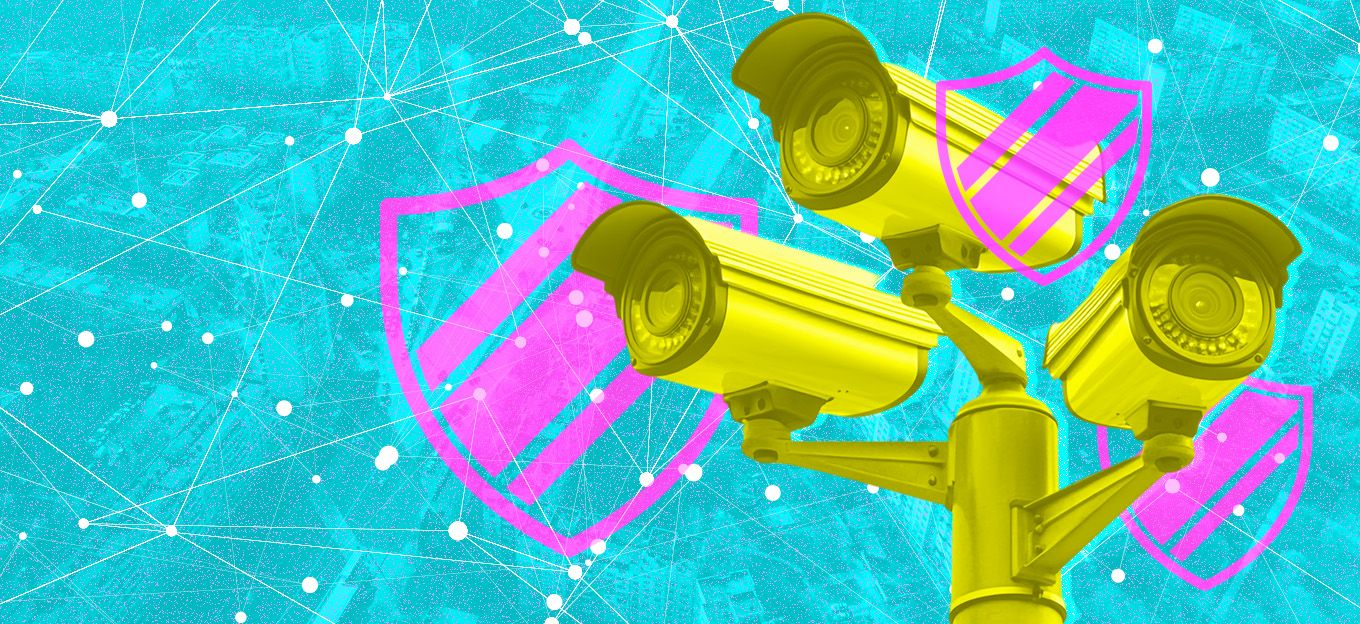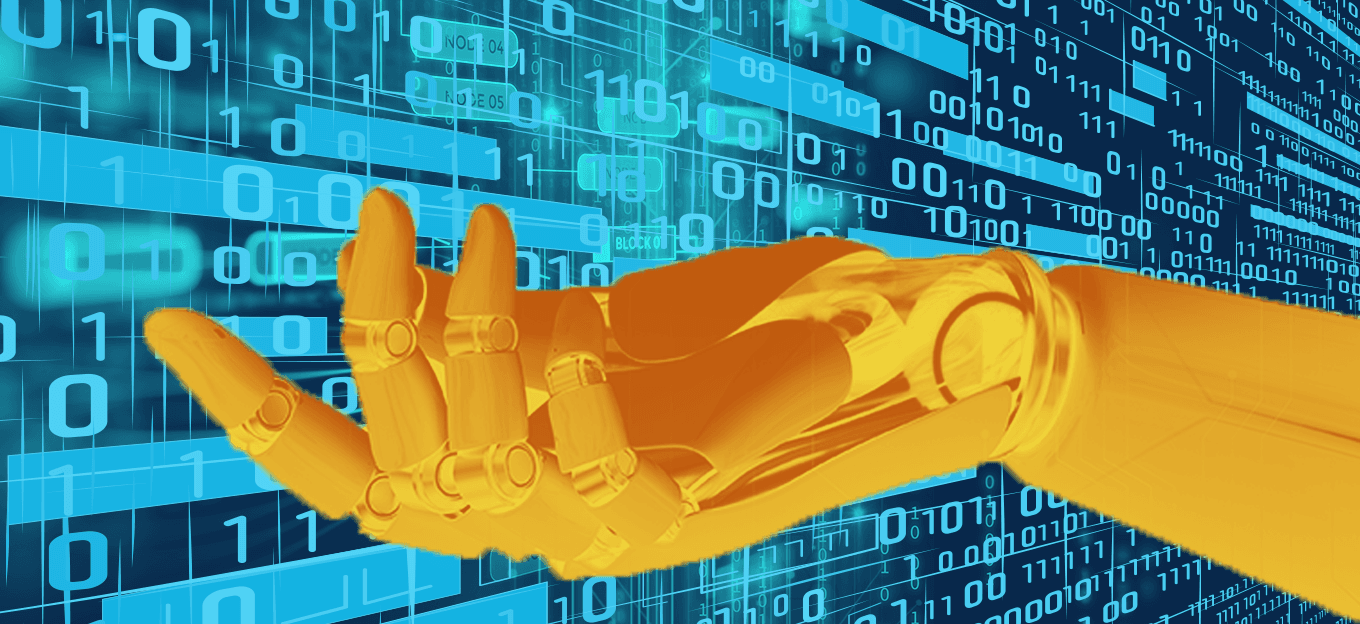IoT Devices Are a Leading Vulnerability in Healthcare Data Breaches
IoT Devices Are a Leading Vulnerability in Healthcare Data Breaches
- Last Updated: December 2, 2024
Zac Amos
- Last Updated: December 2, 2024



In recent years, the healthcare sector has witnessed a revolutionary change with the rise of IoT (Internet of Things) devices. These innovative tools have significantly enhanced patient care and operational efficiency. However, this rapid technological integration has also brought an unintended consequence — a notable increase in security breaches. These devices often handle sensitive patient data, so the spike in cybersecurity incidents has raised concerns about the safety and privacy of patient information in the digital age and the vulnerability of healthcare data.
Vulnerability in Healthcare IoT Devices
As one of the most data-intensive sectors, the healthcare industry generates 30 percent of the world’s information, which doubles every two years. IoT manages and transmits this immense volume of information, much of it sensitive and confidential. Here’s a handful of IoT devices that use sensitive data, making them prime targets for hackers.
1. Smart Infusion Pumps
These devices deliver precise doses of medication and connect to other machines for enhanced efficiency and monitoring. This connectivity allows real-time data tracking and remote configuration, vastly improving patient care. However, this very feature also introduces vulnerabilities.
An industry survey suggests that 75 percent of these devices have security vulnerabilities that make them susceptible to cyberattacks. By exploiting network weaknesses, hackers can alter dosages, leading to dangerous over- or under-medicating.
2. Wearable Health Monitors
These monitors constantly collect and transmit sensitive health information, such as heart rates, blood pressure readings, and other vital signs. This data — often sent wirelessly to healthcare providers for monitoring and analysis — is invaluable for patient care.
If the device doesn’t adequately encrypt the data, it becomes vulnerable to interception. Cybercriminals could eavesdrop on these transmissions, gaining unauthorized access to personal information. This breach compromises patient privacy and risks data manipulation, which could lead to misdiagnosis or inappropriate treatment.
3. Remote Patient Monitoring Tools
These tools allow healthcare providers to monitor patients' health metrics remotely, making treatment more accessible and efficient. They collect a wide range of data — from heart rates to glucose levels — which devices store and transmit to healthcare providers for analysis and follow-up.
The storage of this data — whether in cloud services or on-premises servers — also presents vulnerabilities. Insufficient security measures can make these storage systems easy targets for data breaches, exposing vast amounts of personal health information.
4. Connected Imaging Systems
Connected imaging systems in healthcare — such as MRI and CT scanners — exemplify the challenges with large data volumes and network integration. These systems generate detailed medical images, contributing significantly to the data management load in healthcare facilities.
Integrating these systems into broader hospital networks can create potential entry points for hacks. A staggering 88 percent of organizations experienced at least one data breach in the past two years due to a vulnerability in a connected device. This highlights the need for robust cybersecurity measures within individual machines and entire networks.
5. Hospital HVAC Systems
Hospitals integrate their heating, ventilation, and air conditioning (HVAC) systems with IoT technology, resulting in unique risks regarding cybersecurity. These systems regulate temperature, humidity, and air quality to ensure patient comfort and prevent the spread of airborne diseases.
Hackers gaining control of these systems could cause significant disruptions. They could alter temperature and humidity levels, potentially creating uncomfortable or hazardous conditions for patients and staff. In extreme cases, it could facilitate the spread of infectious diseases, posing a severe health risk.
Tips for Minimizing Digital Health Vulnerabilities in Medical IoT Devices
Organizations must adopt robust strategies to minimize vulnerabilities in the face of escalating cyber threats targeting medical IoT devices. Here are practical tips healthcare facilities can employ to strengthen their defenses against cyberattacks.
1. Regular Software Updates and Patch Management
A fundamental yet often overlooked aspect of securing medical IoT devices is updating software. Those refreshes often include fixes for security flaws hackers could otherwise use to gain access to sensitive information.
The overwhelming number of recent IoT cyberattacks underscores the urgency of this measure. In 2022 alone, there were over 112 million reported attacks on IoT devices — a clear indication of the growing interest of cyber attackers in these technologies.
2. Secure Wi-Fi Networks
Wi-Fi networks must be secure and encrypted in healthcare settings where devices continuously transmit sensitive patient data. Encryption is a formidable barrier, encoding data so it remains unintelligible even if unauthorized individuals intercept it.
Healthcare institutions must implement robust encryption protocols, regularly change network passwords, and restrict access to authorized users only. This approach creates a more resilient digital environment, safeguarding devices and critical patient data.
3. Employee Training and Awareness
Staff members — from medical professionals to administrative personnel — are often the first line of defense against cybersecurity threats. Their actions and awareness can significantly impact the safety of the digital infrastructure in healthcare settings.
Healthcare organizations can reduce the risk of breaches by fostering a culture of active participation and responsibility. Statistics reveal human factors affect approximately 74 percent of data breaches through errors, social engineering, or misuse, highlighting the necessity of comprehensive employee training and awareness programs.
4. Data Encryption
When data is “at rest” — meaning stored on a device or a server — it can be vulnerable to breaches if cyber attackers compromise the storage medium. Similarly, it's susceptible to interception when “in transit” — as it moves across networks, from a wearable device to a central server, or between healthcare providers.
Data encryption at all stages is essential for a comprehensive healthcare cybersecurity strategy. Without it, patient records, test results, and other confidential data could easily fall into the wrong hands, leading to privacy violations and potential misuse.
5. Regular Security Audits
Regular security checks identify and address vulnerabilities before cybercriminals exploit them. These audits involve scrutinizing the network, devices, and software to ensure they meet the highest security standards and are free from potential weaknesses.
Surprisingly, only 52 percent of companies conduct these essential security audits regularly for cybersecurity in healthcare IoT devices, which suggests a significant gap in cybersecurity practices. This oversight can open systems to attacks, potentially leading to severe data breaches and compromising patient safety.
Securing the Future Through Safer Healthcare IoT
As society navigates the complexities of modern healthcare technology, hospitals and smaller offices must implement the tips outlined above. These practices strengthen their defenses against the ever-evolving landscape of cyber threats.
Recognizing vulnerability in healthcare IoT devices is critical to patient care and trust is essential. In an era where digital health is rapidly advancing, the commitment to robust security measures is not just a choice but a responsibility.
The Most Comprehensive IoT Newsletter for Enterprises
Showcasing the highest-quality content, resources, news, and insights from the world of the Internet of Things. Subscribe to remain informed and up-to-date.
New Podcast Episode

IoT and AI in 2026
Related Articles





